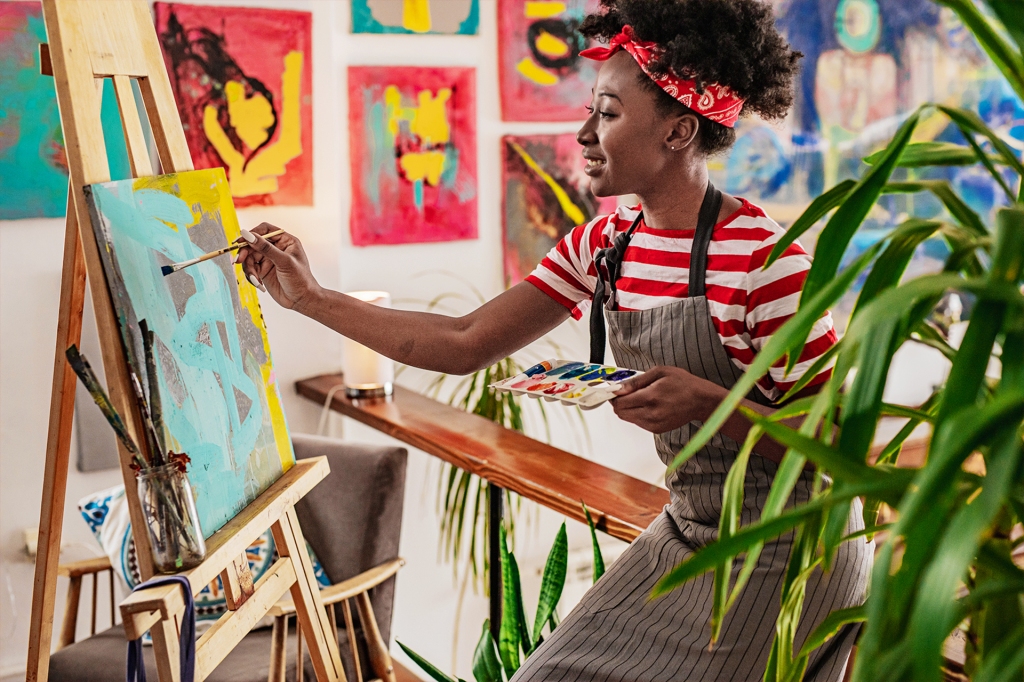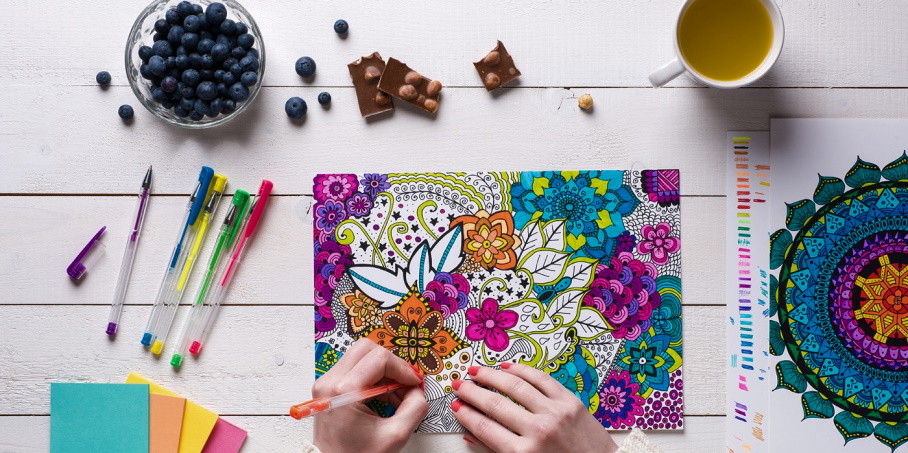Art has been a powerful medium for human expression for centuries. From ancient cave paintings to modern digital creations, people have found ways to convey emotions, ideas, and experiences through visual, auditory, and performance-based forms. Expressing yourself through art is not just about creating something beautiful—it’s about exploring your inner world and communicating feelings that words often cannot capture. Here’s how you can tap into your creative side and express yourself through art.
1. Understand Your Emotions

Before picking up a brush, a camera, or any artistic tool, take some time to understand your emotions. Art is most powerful when it stems from genuine feelings. Ask yourself questions like:
- What am I feeling right now?
- Are there thoughts I find difficult to express verbally?
- What memories or experiences stand out to me?
Writing down your thoughts in a journal can also help you identify recurring themes in your emotions. Once you have a clear understanding of what you want to express, you can begin to translate it into an artistic form.
2. Choose the Right Medium
There are countless ways to express yourself through art, and finding the right medium is key. Some options include:
- Drawing and Painting: These are classic forms that allow for endless creativity. Colors, shapes, and textures can all convey emotion.
- Sculpture and Clay Work: Working with three-dimensional materials can be a tactile way to express feelings and ideas.
- Photography and Videography: Capturing moments or creating visual stories allows you to explore themes in the real world.
- Digital Art: Tools like graphic design software and digital drawing tablets provide endless possibilities for experimentation.
- Music and Performance Art: Sometimes, sound and movement express emotions more effectively than visuals.
Experiment with different mediums to see which feels most natural and allows you to communicate your inner world effectively.
3. Embrace Imperfection

One of the most important lessons in self-expression is letting go of perfectionism. Art is not about creating something flawless; it’s about being honest with yourself. When you allow yourself to make mistakes or experiment freely, your work becomes a truer reflection of your thoughts and emotions. Imperfections can add depth and authenticity to your creations, making them more powerful and relatable.
4. Use Color, Texture, and Symbolism
Art speaks through more than just shapes and forms—it also communicates through color, texture, and symbolism. Consider:
- Color: Different colors evoke different emotions. Warm colors like red and orange can convey passion or energy, while cool colors like blue and green can evoke calm or sadness.
- Texture: Adding texture through brush strokes, layering, or sculpting can add emotional intensity to your work.
- Symbolism: Objects, shapes, or recurring patterns can serve as symbols for personal experiences or ideas. For example, a rising sun might symbolize hope, while a stormy sky could reflect turmoil.
By being intentional with these elements, you can communicate emotions and stories without using words.
5. Create Regularly
Expressing yourself through art is a skill that grows stronger with practice. Set aside regular time to create, even if it’s just a few minutes a day. The more you practice, the more you’ll learn about your own creative voice. Over time, you may discover recurring themes, styles, or techniques that are uniquely yours.
6. Share or Keep Private

Decide whether you want to share your art with others or keep it private. Both choices are valid. Sharing your work can provide validation, feedback, and connection with others who resonate with your emotions. Keeping your art private can offer a safe space for personal reflection and emotional release. What matters most is that your creative process remains authentic to your intentions.
7. Reflect on Your Work
After completing a piece of art, take time to reflect on it. Ask yourself:
- What did I express in this piece?
- How did creating this art make me feel?
- Did I discover anything new about myself in the process?
Reflection helps you understand your creative journey and deepens the emotional impact of your art.
Conclusion
Expressing yourself through art is a journey of self-discovery, emotional release, and communication. Whether you paint, draw, sculpt, perform, or create digitally, art allows you to convey the depth of your feelings in ways words often cannot. By understanding your emotions, choosing the right medium, embracing imperfection, and practicing regularly, you can unlock a powerful form of self-expression that nurtures your creativity and emotional well-being. Remember, art is not about pleasing others—it’s about being true to yourself and letting your inner world shine.


